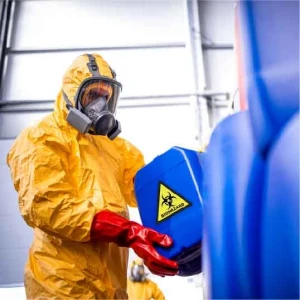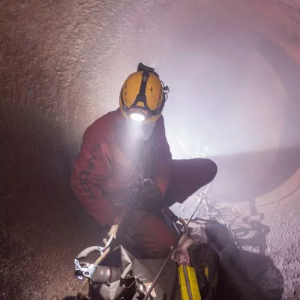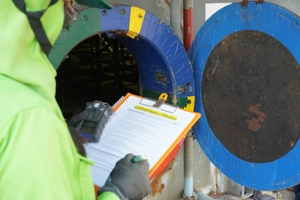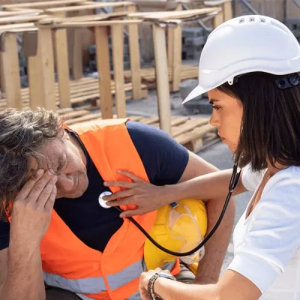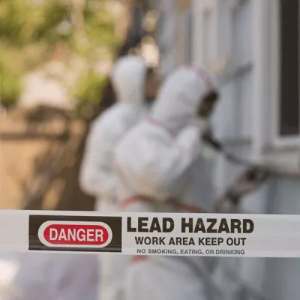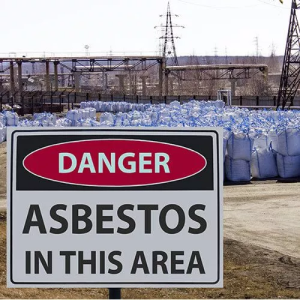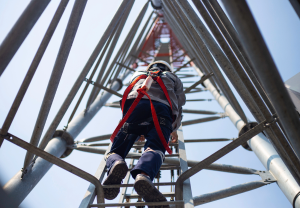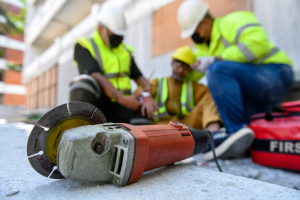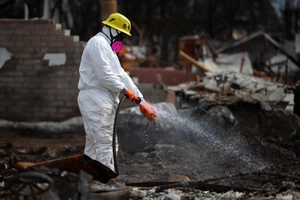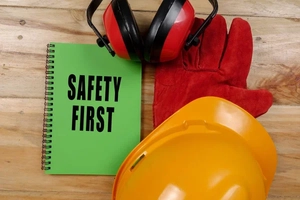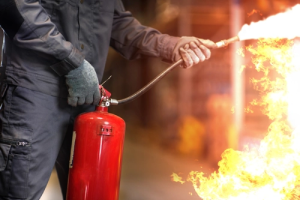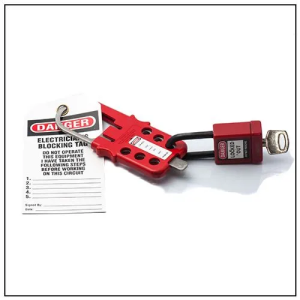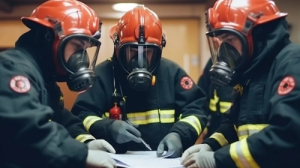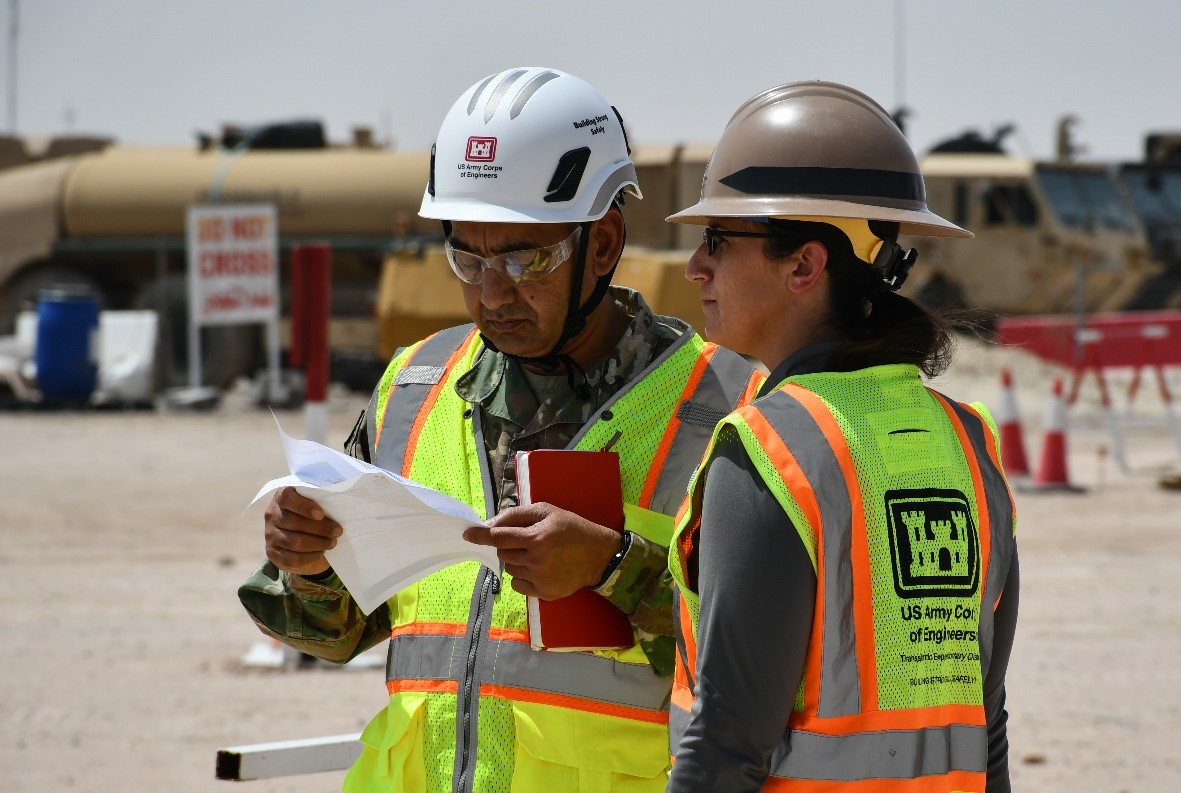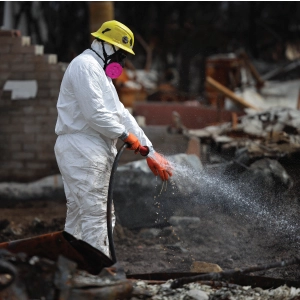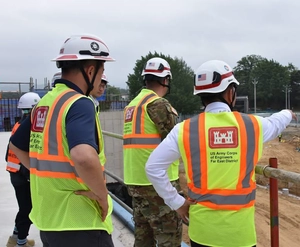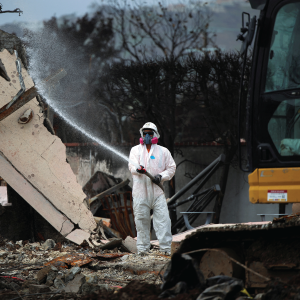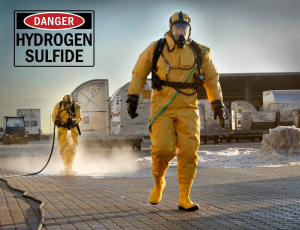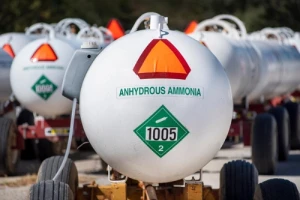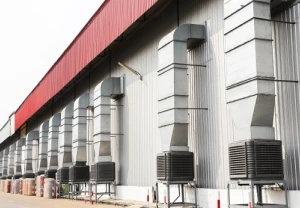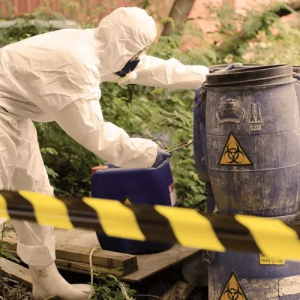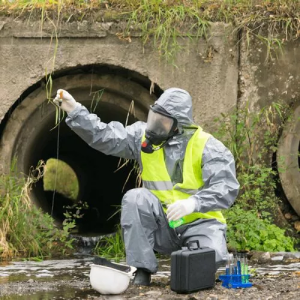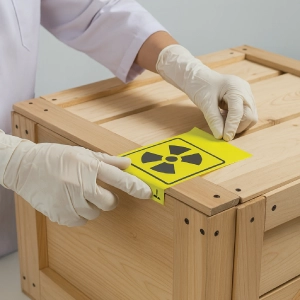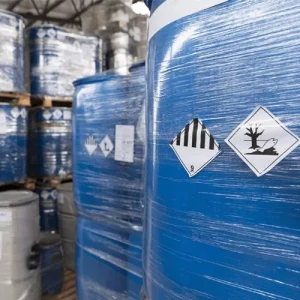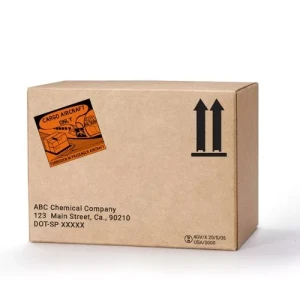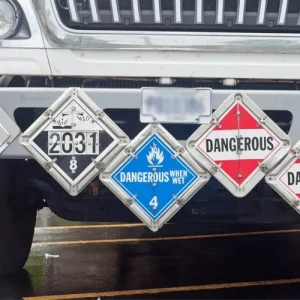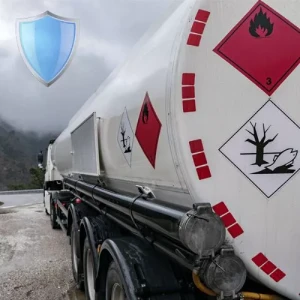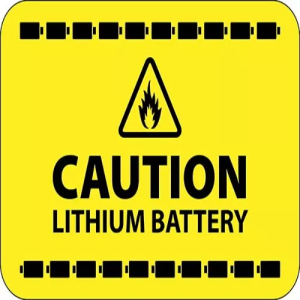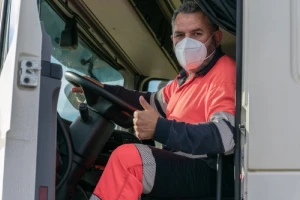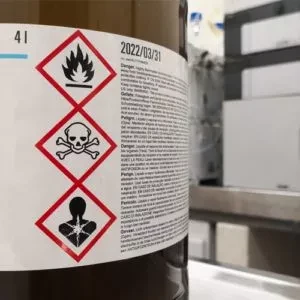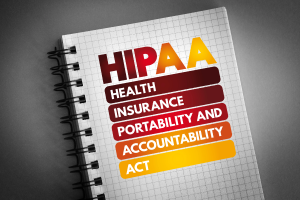Cal/OSHA 40-Hour HAZWOPER Training (2025)
- In accordance with CAL/OSHA HAZWOPER Regulations in Title 8, Section 5192 Paragraphs (a) to (q), and Federal OSHA Regulations 29 CFR 1910.120(e) and 29 CFR 1926.65(e)
- Available in:
 English |
English |  Español
Español - Study from anywhere, anytime, on any device
- Flexible, self-paced mobile learning module
- Instantly download your certificate upon completion
- Engaging audio playback: listen to the entire course read aloud
- Available in SCORM, on-demand online, virtual instructor-led, and in-person training formats
4.0
Bulk Buying
| Employee | Per Seat |
|---|---|
| 2-10 | $217.79 |
| 11-19 | $215.59 |
| 20-50 | $213.39 |
| 51-100 | $211.19 |
Course Facts
Training Duration
Learning Type
Course Access Validity
Device Support
Certificate Validity
This 40-hour HAZWOPER training course fully complies with Cal/OSHA regulatory requirements, ensuring your business meets the State’s stringent safety standards.
The course provides 40 hours of training that covers the CAL/OSHA Hazardous Waste Operations and Emergency Response (HAZWOPER) standards for compliance with OSHA 29 CFR 1910.120(e) and 29 CFR 1926.65(e) regulations and CAL/OSHA HAZWOPER in Title 8, Section 5192 Paragraphs (a) to (q). The training equips cleanup and emergency responders with the knowledge and skills needed to handle hazardous substance situations safely. The training includes policies, practices, and procedures applicable to the State of California that help reduce the risk of injury and illness due to harmful exposure on the job.
Who Needs CAL/OSHA 40 Hour HAZWOPER Training?
Most workers who are new to uncontrolled hazardous waste or emergency response operations, including:
- equipment operators;
- general laborers;
- other general site workers;
- on-site management and supervisory personnel,
are required to complete 40 hours of HAZWOPER training as per State and Federal OSHA requirements.
What Type of Work is Covered by HAZWOPER Standards?
The HAZWOPER standard covers employers performing the following general categories of work operations:
- Cleanup activities at hazardous waste sites;
- Operations involving hazardous waste that are conducted at treatment, storage, and disposal (TSD) facilities; and
- Emergency response operations involving hazardous substance releases.
HAZWOPER Training Modules
The CAL/OSHA 40-hour HAZWOPER course covers a wide range of health and safety topics relevant to hazardous waste operations, including
- OSHA Regulatory Standards
- Planning and Organization
- Site Characterization
- Medical Surveillance
- Toxicology
- Hazard Classification
- Chemical Hazards
- Radiological Hazards
- Respiratory Protection
- Personal Protective Equipment (PPE)
- Decontamination
- Air Monitoring
- Compressed Gases
- Material Sampling and Analysis
- Handling Drums
- Confined Spaces
- Excavations
- Emergency Response Procedures
The CAL/OSHA 40 Hour HAZWOPER Training Course Syllabus
The CAL/OSHA 40 Hour HAZWOPER Training course consists of 18 modules broken down into 80 hazardous materials and emergency response lessons. Students are required to take each lesson in sequential order as listed below.
Introduction
Module 1: Regulatory Overview
Module 1 covers OSHA, CAL/OSHA, and HAZWOPER standards for the general industry (29 CFR 1910.120) and the construction industry (29 CFR 1926.65) and relevant NFPA and DOT information.
- Lesson 1: OSHA and the HAZWOPER Standard
- Lesson 2: Hazard Communication
- Lesson 3: NFPA System and DOT Labels, and HazCom Labels
Module 2: Planning and Organization
The organizational structure of a hazardous waste site is important because it determines how tasks are assigned and how communication flows. The site safety and health plan is important because it outlines the procedures that will be used to protect workers from hazards. The organizational structure of a hazardous waste site will vary depending on the size and complexity of the site. However, there are some common elements that are found in all organizational structures.
- Lesson 4: Organizational Structure
- Lesson 5: Site Safety and Health Plan
Module 3: Site Characterization
HAZWOPER Site Characterization is the process of gathering information about a hazardous waste site in order to identify and assess the hazards present at the site. This information is used to develop a Site Safety and Health Plan (SSHP) and to implement safe work practices.
- Lesson 6: Off-Site Characterization
- Lesson 7: On-Site Survey and Monitoring
- Lesson 8: Site Control Strategy
- Lesson 9: Site Work Zones
- Lesson 10: Site Security and Communication
Module 4: Medical Surveillance
HAZWOPER Medical Surveillance is a program designed to monitor the health of workers exposed to hazardous waste. The program's goal is to identify any health problems that may be caused by exposure to hazardous waste and to take steps to prevent or treat those problems.
- Lesson 11: Medical Surveillance Program
- Lesson 12: Program Review and Recordkeeping
Module 5: Toxicology
HAZWOPER Toxicology aims to understand the toxicity of hazardous waste materials so that we can better protect human health and the environment. This knowledge can be used to develop safe work practices, prevent exposure to hazardous waste, and treat people exposed to hazardous waste.
- Lesson 13: Introduction to Toxicology
- Lesson 14: Chemicals and Target Organ Toxicity
- Lesson 15: Factors Influencing Toxicology
Module 6: Hazard Classification
HAZWOPER Hazard Classification is a system for classifying hazardous waste materials based on their physical and chemical properties. The system identifies the hazards posed by hazardous waste materials and develops safe work practices to protect workers and the environment.
- Lesson 16: Job Hazard Analysis
- Lesson 17: Physical and Chemical Properties
- Lesson 18: Fire and Oxygen Deficiency
- Lesson 19: Physical Hazards
- Lesson 20: Other Hazards
- Lesson 21: Bloodborne Pathogens
Module 7: Chemical Hazards
Chemical hazards are one of the most common hazards associated with hazardous waste. These hazards can be caused by the properties of the waste itself or by the way the waste is handled.
- Lesson 22: Corrosives
- Lesson 23: Hazardous Mixtures
- Lesson 24: Solvents
- Lesson 25: Oxidizers
- Lesson 26: Reactive Materials
- Lesson 27: Explosives
Module 8: Radiological Hazards
Radiological hazards are one of the most serious hazards associated with hazardous waste. Radioactive materials can cause cancer, birth defects, and other health problems. They can also damage property and the environment. The hazards posed by radioactive waste can vary depending on the specific waste. It is important to be aware of the hazards associated with any radioactive waste that you are working with.
- Lesson 28: Introduction to Radiological Hazards
- Lesson 29: Exposure to Radiation
Module 9: Respiratory Protection
Respiratory protection is one of the most important aspects of HAZWOPER compliance. Respirators can protect workers from exposure to harmful airborne contaminants, such as asbestos, lead, and mercury. There are a number of different types of respirators available, each with its advantages and disadvantages. The type of respirator best for a particular situation will depend on the specific hazards.
- Lesson 30: Introduction to Respiratory Protection
- Lesson 31: Types of Respirators
- Lesson 32: Respirator Selection Factors
- Lesson 33: Respirator Fit Testing
- Lesson 34: Training and Maintenance
Module 10: Personal Protective Equipment
Module 10 examines the importance of chemical protective clothing (CPC) and PPE for the eyes, ears, hands, and feet when working in specific HazMat environments.
- Lesson 35: Introduction to PPE
- Lesson 36: Chemical Protective Clothing (CPC)
- Lesson 37: PPE for the Head, Eyes, Face and Ears
- Lesson 38: PPE for the Hands and Feet
- Lesson 39: Selection of Chemical Protective Clothing
- Lesson 40: Monitoring and Medical Concerns of PPE
- Lesson 41: Donning and Doffing PPE
- Lesson 42: Inspection and Maintenance of PPE
Module 11: Decontamination
Decontamination is the process of removing or neutralizing contaminants that have accumulated on personnel and equipment. It is a critical part of hazardous waste operations and emergency response. The purpose of decontamination is to protect workers and the environment from the hazards of hazardous waste. Contaminated workers can spread hazardous materials to other areas, and contaminated equipment can release hazardous materials into the environment.
- Lesson 43: Introduction to Decontamination
- Lesson 44: Decontamination Facility Design
- Lesson 45: Decontamination Equipment Selection
- Lesson 46: Decontamination Methods
- Lesson 47: Testing For Effectiveness
- Lesson 48: Emergency Decontamination
Module 12: Air Monitoring
Air monitoring is the process of measuring the concentration of hazardous substances in the air. It is an important part of hazardous waste operations and emergency response. The purpose of air monitoring is to identify and quantify airborne hazards so that appropriate protective measures can be implemented. Air monitoring can also be used to assess the effectiveness of remediation efforts.
- Lesson 49: Introduction to Air Monitoring
- Lesson 50: Direct Reading Instruments
- Lesson 51: Toxic Atmosphere Monitoring
- Lesson 52: Laboratory Analysis
- Lesson 53: Site Monitoring
- Lesson 54: Personal Sampling
Module 13: Compressed Gases
Module 13 surveys the nature of compressed gas cylinders and includes information on proper handling, transportation, and emergency response.
- Lesson 55: Introduction to Compressed Gases
- Lesson 56: Safe Handling and Storage of Cylinders
- Lesson 57: Transportation and Disposal of Cylinders
- Lesson 58: Emergency Response
Module 14: Material Sampling and Analysis
Module 14 covers various types of sampling plans for use with toxic or hazardous substances on a HazMat worksite.
- Lesson 59: Field Sampling Plan
- Lesson 60: Environmental Sampling
- Lesson 61: Hazardous Material Sampling
Module 15: Handling Drums
Module 15 instructs learners on the proper methods for opening, transporting, and sampling drums of hazardous waste or other toxic or hazardous substances.
- Lesson 62: Introduction to Handling Drums
- Lesson 63: Opening Various Types of Drums
- Lesson 64: Drum Sampling and Characterization
- Lesson 65: Drum Transportation
Module 16: Confined Spaces
Module 16 covers roles, entry procedures, safety protocols, and emergency response for confined spaces on a HazMat work site.
- Lesson 66: Introduction to Confined Spaces
- Lesson 67: Confined Space Roles and Responsibilities
- Lesson 68: Confined Space Entry Plan
- Lesson 69: Confined Space Pre-Entry Procedures
- Lesson 70: Entering a Confined Space
- Lesson 71: Confined Space Hazards
- Lesson 72: Confined Space Safety Equipment
- Lesson 73: Confined Space Rescue and Emergencies
Module 17: Excavations
Module 17 covers excavations on a hazardous waste site, paying special attention to soil classification and the correct use of protective systems.
- Lesson 74: Introduction to Excavations
- Lesson 75: Soil Classification
- Lesson 76: Protective Systems
Module 18: Emergency Response Procedures
Module 18 discusses emergency response measures, first responder considerations, and fire service involvement at a HAZWOPER worksite.
- Lesson 77: Introduction to Site Emergencies
- Lesson 78: Emergency Communication Systems
- Lesson 79: Emergency Evacuation and Response
- Lesson 80: Site Emergencies Documentation
Final Examination
Frequently Asked Questions
The course meets and exceeds the compliance requirements of OSHA 29 CFR 1910.120(e) and 29 CFR 1926.65(e), and CAL/OSHA HAZWOPER in Title 8, Section 5192 Paragraphs (a) – (q) regulations. The CAL/OSHA 40-Hour HAZWOPER Training certification covers the General Site Clean-up provision.
The CAL/OSHA 40-Hour HAZWOPER certification is required for workers who are involved in handling hazardous waste operations and emergency response. This includes but is not limited to employees engaged in cleaning up hazardous waste sites, handling and disposing of hazardous waste, and responding to hazardous materials spills.
- Workers who handle contaminated waste, soil, water, etc.
- Workers who handle tanks that store/treat and pipes that pump in/out contaminated waste.
- Workers who may work near sites that release contaminated waste.
- Workers who may work near contaminated sites, such as hazardous waste treatment plants.
- Clean-up operations crews of hazardous waste sites.
- Workers with emergency response teams who handle or may be exposed to contaminated substances.
- Workers who work at a listed or proposed listing site under the Superfund National Priority List (NPL).
- Workers who conduct operations at corrective action sites under the purview of U.S. EPA's Resource Conservation and Recovery Act (RCRA).
The CAL/OSHA 40-Hour HAZWOPER Training course targets workers exposed to contaminated substances that exceed the Permissible Exposure Limits (PELs) and, hence, must wear the appropriate personal protective equipment.
The CAL/OSHA 24-Hour HAZWOPER Training course targets workers working at contaminated sites but undertaking tasks that do not expose them to hazardous substances at or above the PELs.
COURSE OBJECTIVES
The core objective of the CAL/OSHA 40-Hour HAZWOPER Training is to meet CAL/OSHA Standards as laid out in Title 8, Section 5192 Paragraphs (a) to (q), and the training requirements of Federal OSHA HAZWOPER Standards 29 CFR 1910.120(e)(3)(i) for the general industry and 29 CFR 1926.65(e)(3)(i) for the construction industry.
According to this standard, once workers have completed the initial40 hours of training, the worker must get supervised field experience. After the initial training, the shorter OSHA 8-Hour HAZWOPER refresher courses will be sufficient to maintain certification.
According to 29 CFR 1910.120(e)(3)(i) and 29 CFR 1926.65(e)(3)(i):
General site workers (such as equipment operators, general laborers, and supervisory personnel) engaged in hazardous materials removal or other activities that expose or potentially expose workers to hazardous substances and health hazards shall receive a minimum of 40 hours of instruction off the site, and a minimum of three days actual field experience under the direct supervision of a trained, experienced supervisor.
Course Objectives
After completing the course, the learner will be able to:
- Fully understand OSHA and CAL/OSHA HAZWOPER regulations and requirements related to general site workers;
- Comprehend OSHA's Hazard Communication Standard and Globally Harmonized System (GHS);
- Understand the importance of an effective HAZWOPER Site Safety and Health Program;
- Identify potentially hazardous situations involving corrosives, solvents, oxidizers, hazardous mixtures, and reactive chemicals;
- Understand basic toxicology and chemical safety principles and how they are related to chemical exposure;
- Understand the principles of decontamination as well as levels of decontamination and its methods;
- Understand site characterization by identifying site hazards and steps to minimize these hazards;
- Understand the uses of Personal Protective Equipment (PPE) and how to identify and select the correct PPE related to a particular hazardous waste worksite;
- Understand the components of an effective Medical Surveillance Program;
- Understand the various considerations of an environmental emergency response and the training and actions needed for personnel safety and the safety of others;
- Explain potential dangers of confined spaces;
- Understand procedures for safe handling, storage, and transportation of compressed gas cylinders;
- Recognize the air monitoring and detection tools available to hazardous waste site workers.
Choose Your Ideal Training Format:



Virtual Instructor-Led
449.00/Seat (minimum 10 seats)

Client-Site In-Person
$1,195.00/Seat (minimum 10 seats)
Very informative and up to date with CAL/OSHA regulations. The course content was practical and easy to understand, making compliance training straightforward and efficient.
The flexibility of this training made it ideal for my busy schedule. The lessons were comprehensive, and the knowledge checks ensured that I retained the key information. Great investment in workplace safety.
I appreciated the clarity and depth of this course. It covered everything from hazard recognition to decontamination procedures in a way that was easy to grasp. A must-have for professionals in this field.
Excellent training! The materials were detailed, and the real-world scenarios helped me understand complex regulations. Great for anyone in hazardous waste management.
The ROI of Online Safety Training
Discover the value of our efficient alternative to live training, and calculate your return on investment.


Recommended Courses




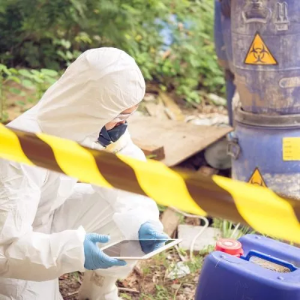






For Corporate Orders and Inquiries please reach out to our sales team at (310) 498-0546
By signing up you agree to receive marketing emails.
Be assured we will never spam you!
 EN |
EN |  ES
ES